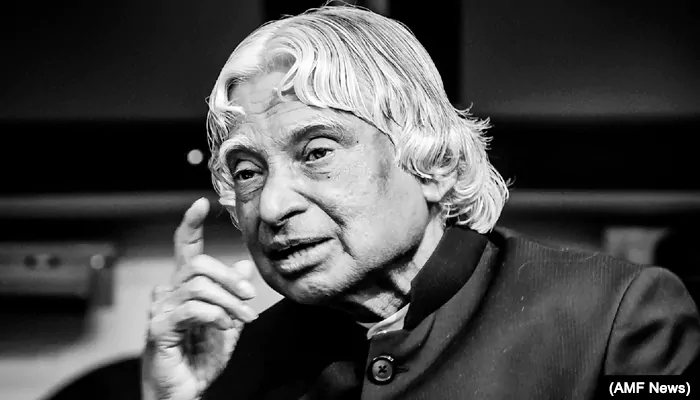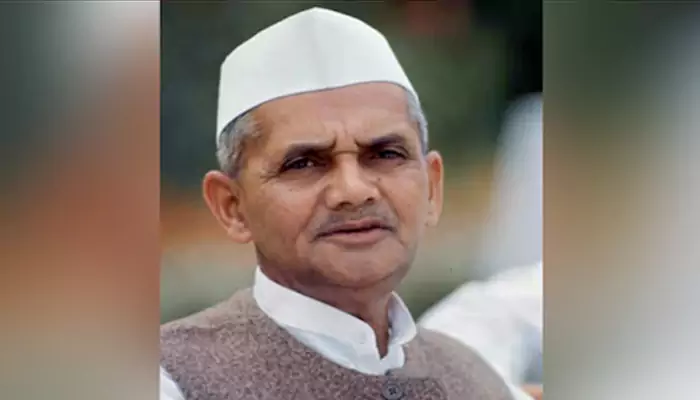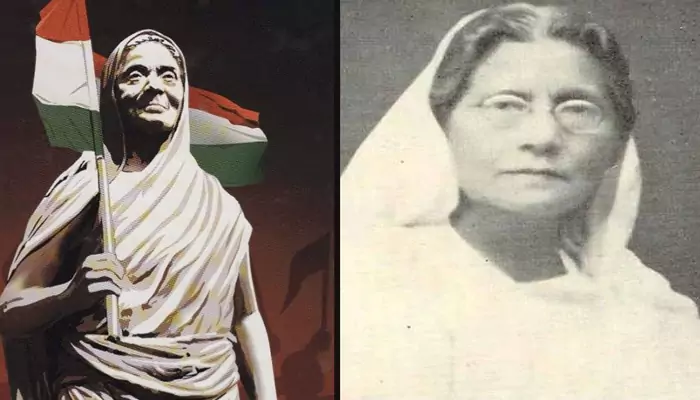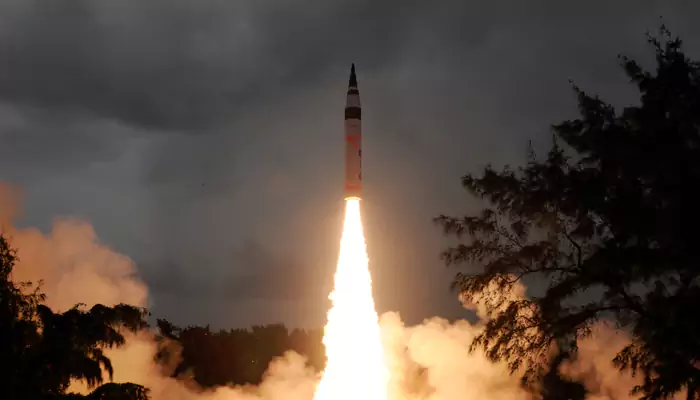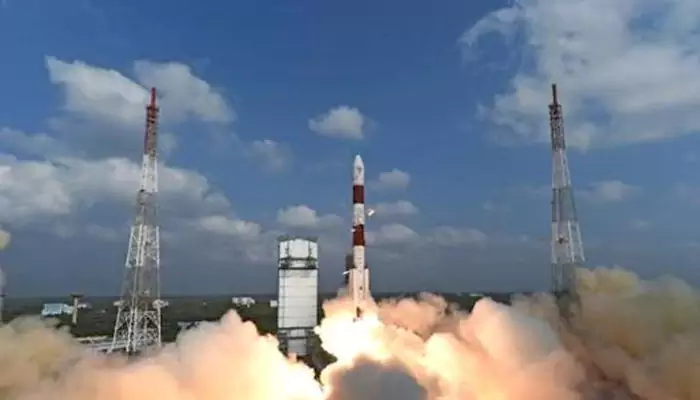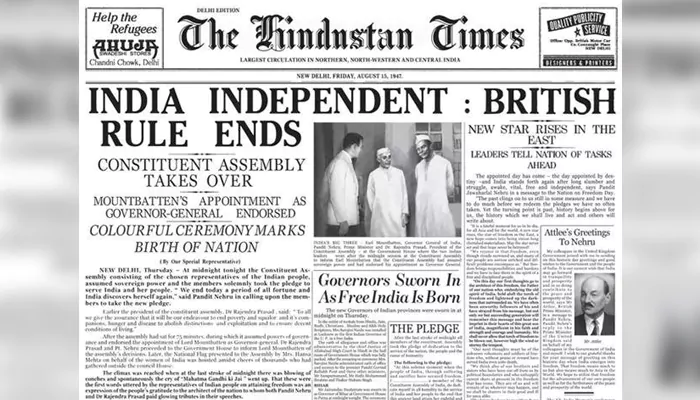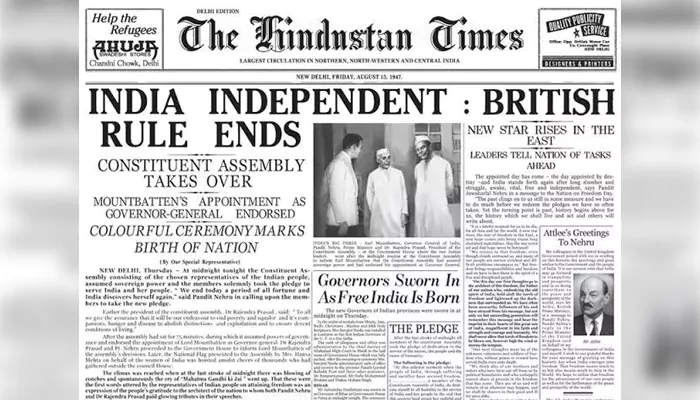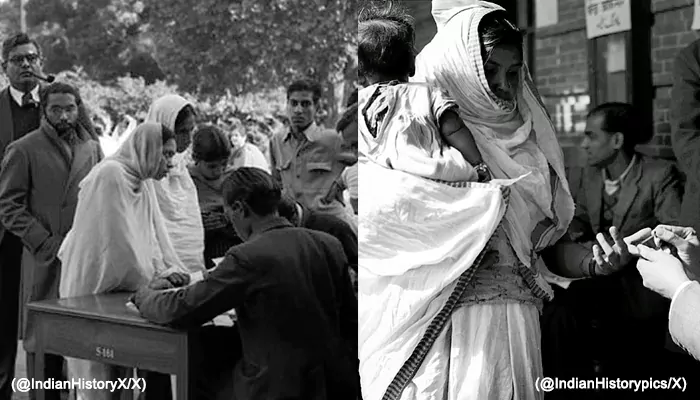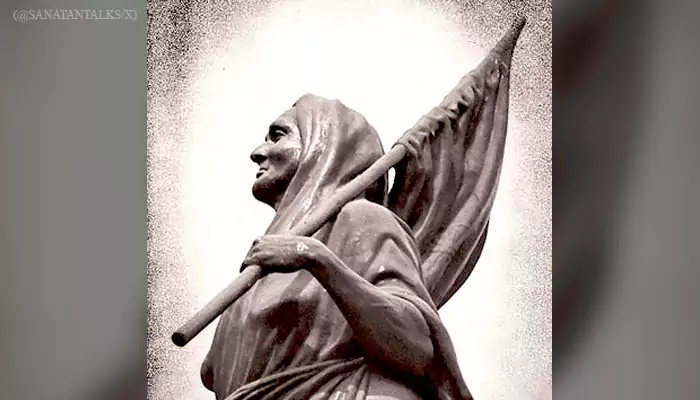Examining State-wise Changes In Vote Percentage Over The Last Decade
- Admin
- 1 year ago
- 3 minutes read

Lookback to the numerics : Who's standing where
As we navigate the intricacies of Indian democracy, understanding the evolving patterns of voter behaviour is essential. The past decade has witnessed significant shifts in political dynamics across various states, influencing electoral outcomes and shaping the political landscape. Let's delve into a nuanced analysis of the change in vote percentage state-wise over the last ten years, exploring the underlying factors and implications for the future.
One of the most notable trends in recent years is the emergence of regional parties as formidable players in state politics. States like West Bengal, Tamil Nadu, and Uttar Pradesh have witnessed the rise of regional outfits, challenging the dominance of national parties and reshaping the electoral calculus. The fluctuating vote shares of these parties reflect changing voter preferences and shifting political allegiances.
In West Bengal
For instance, in West Bengal, the Trinamool Congress (TMC) led by Chief Minister Mamata Banerjee has experienced a surge in vote percentage, consolidating its support base and securing successive victories in state elections. Conversely, the Bharatiya Janata Party (BJP) has made significant inroads in the state, garnering a higher vote share and emerging as the principal opposition force. The intensifying rivalry between these two parties has transformed West Bengal into a battleground state, with each election witnessing fierce competition and electoral polarisation.
In Tamil Nadu
Similarly, in Tamil Nadu, the Dravida Munnetra Kazhagam (DMK) and the All India Anna Dravida Munnetra Kazhagam (AIADMK) have long been the dominant political forces, alternating in power over the years. However, the entry of new players like the Amma Makkal Munnetra Kazhagam (AMMK) and the Makkal Needhi Maiam (MNM) has disrupted the traditional political landscape, leading to fragmentation of votes and coalition politics. The fluidity of alliances and the changing dynamics of caste and community-based politics have contributed to fluctuations in vote percentage across the state.
In Uttar Pradesh
In Uttar Pradesh, often described as the bellwether state in Indian politics, the electoral landscape has witnessed a paradigm shift in recent years. The Samajwadi Party (SP), Bahujan Samaj Party (BSP), and BJP have been the primary contenders for power, with each party commanding a significant vote share. However, the BJP's stellar performance in the 2017 assembly elections, followed by the 2019 Lok Sabha elections, has reshaped the political narrative in the state. The party's focus on developmental issues, coupled with strategic alliances and effective campaigning, has propelled it to unprecedented electoral success, consolidating its position as the dominant political force in Uttar Pradesh.
Furthermore, the advent of coalition governments and the era of coalition politics have had a profound impact on vote percentages in states like Maharashtra, Bihar, and Karnataka. The fragmentation of votes among multiple parties, coupled with the fluidity of alliances and coalition dynamics, has led to fluctuations in vote shares and electoral outcomes.
In conclusion, analysing the change in vote percentage state-wise over the last decade provides valuable insights into the evolving dynamics of Indian politics. From the rise of regional parties to the dominance of national players, from coalition politics to electoral polarisation, the electoral landscape is a reflection of the diverse socio-political fabric of the country. As we look towards the future, understanding these trends and their implications is crucial for fostering a robust and vibrant democracy that truly represents the aspirations of the people.

